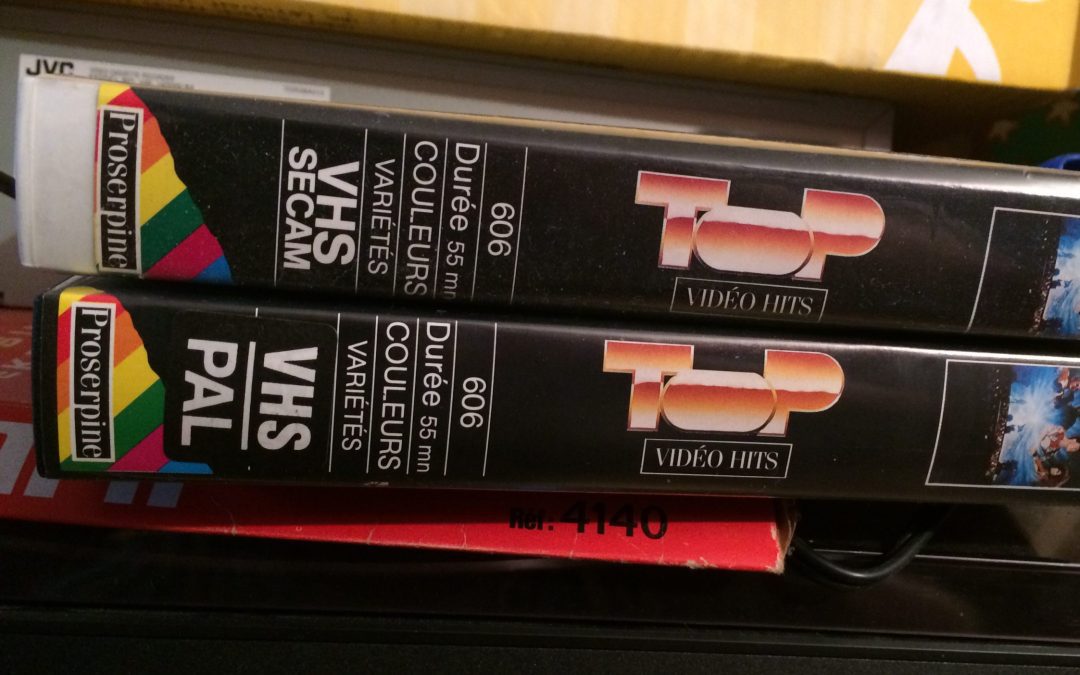NTSC, PAL, and SECAM are three of the most common analog video formats used around the world. These formats were developed in different regions and each has its own unique characteristics. In this blog post, we’ll explore the differences between NTSC, PAL, and SECAM video formats. Additionally, we’ll look at their impact on video recording, playback, and compatibility.
NTSC Format
NTSC is an analog video format that was developed in the United States in the 1950s. It is still widely used in North and South America, Japan, and parts of Asia. NTSC has a frame rate of 30 frames per second, and a resolution of 525 horizontal lines. NTSC is known for its bright colors and fast motion, which makes it a popular format for sports and other fast-paced video content.
PAL Format
PAL is an analog video format that was developed in Germany in the early 1960s. It is the most common video format in Europe, Asia, and Australia. The PAL format has a frame rate of 25 frames per second and a resolution of 625 horizontal lines. PAL is known for its superior color reproduction, which makes it a popular format for movies and TV shows.
SECAM Format
SECAM is an analog video format that was developed in France in the early 1960s. It is still used in a few countries, including France, Russia, and some African nations. SECAM has a frame rate of 25 frames per second and a resolution of 625 horizontal lines. SECAM is known for its compatibility with older television sets, which is why it is still used in some countries.
Differences Between NTSC, PAL, and SECAM
The main differences between these video formats are in their frame rate, resolution, and color encoding. NTSC has a frame rate of 30 frames per second, while PAL and SECAM have a frame rate of 25 frames per second. The NTSC format has a resolution of 525 horizontal lines, while PAL and SECAM have a resolution of 625 horizontal lines. NTSC uses a color encoding system called YUV, which separates brightness and color information. PAL and SECAM use a color encoding system called YCbCr, which separates brightness and blue and red color difference signals.
Compatibility and Conversion
Because these video formats were developed in different regions, they are not always compatible with each other. For example, if you have a video recorded in NTSC format, it may not play correctly on a television set in Europe or Australia, which use the PAL format. To play a video recorded in a different format, you may need to use a video converter or multi-system TV.
Video conversion can be a complicated process, especially when converting between different analog video formats. Video converters can be used to convert video from one format to another, but the quality of the converted video may be affected by factors such as resolution, frame rate, and color encoding.
Conclusion
NTSC, PAL, and SECAM are three of the most common analog video formats used around the world. Each format has its own unique characteristics, including frame rate, resolution, and color encoding. Because manufacturers developed these formats in different regions. They are not always compatible with each other. This can make video playback and conversion a challenge. However, with the use of video converters and multi-system TVs, there are no worries. And you can always call on a video transfer service like Memory Fortress to help you out! It is possible to enjoy video content recorded in different formats, regardless of where you are in the world.
Click here if you have Betamax!

